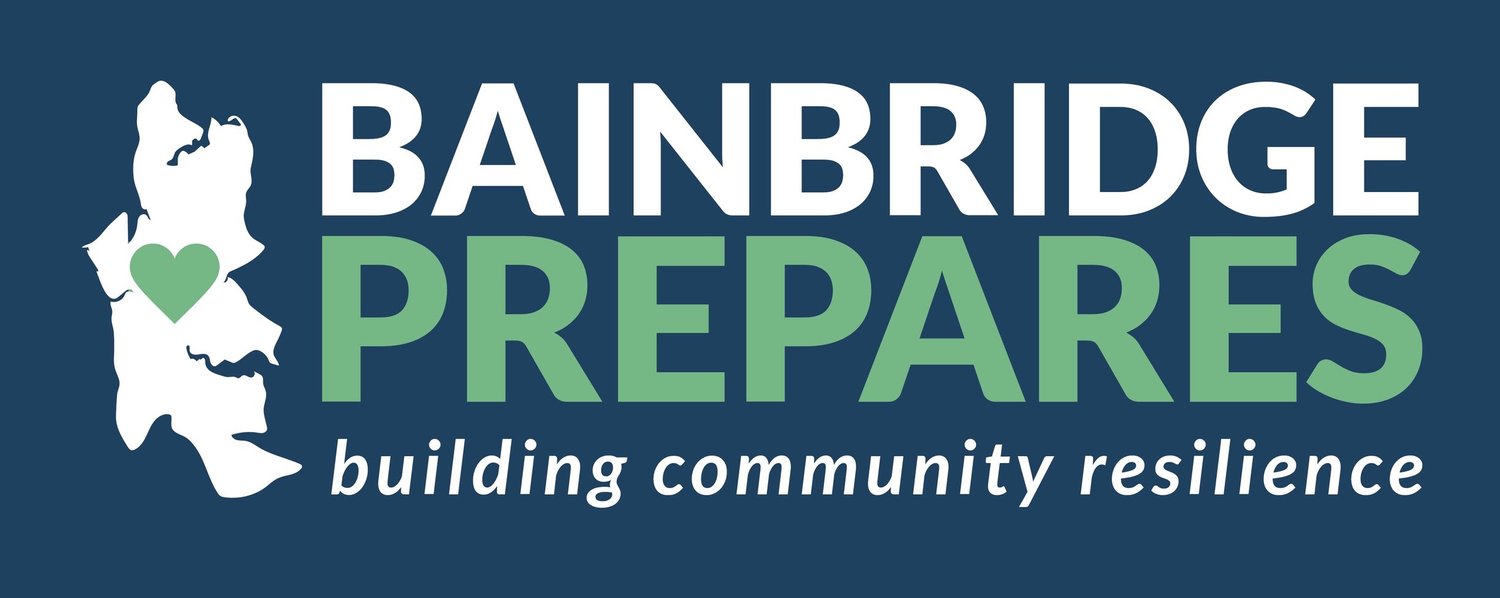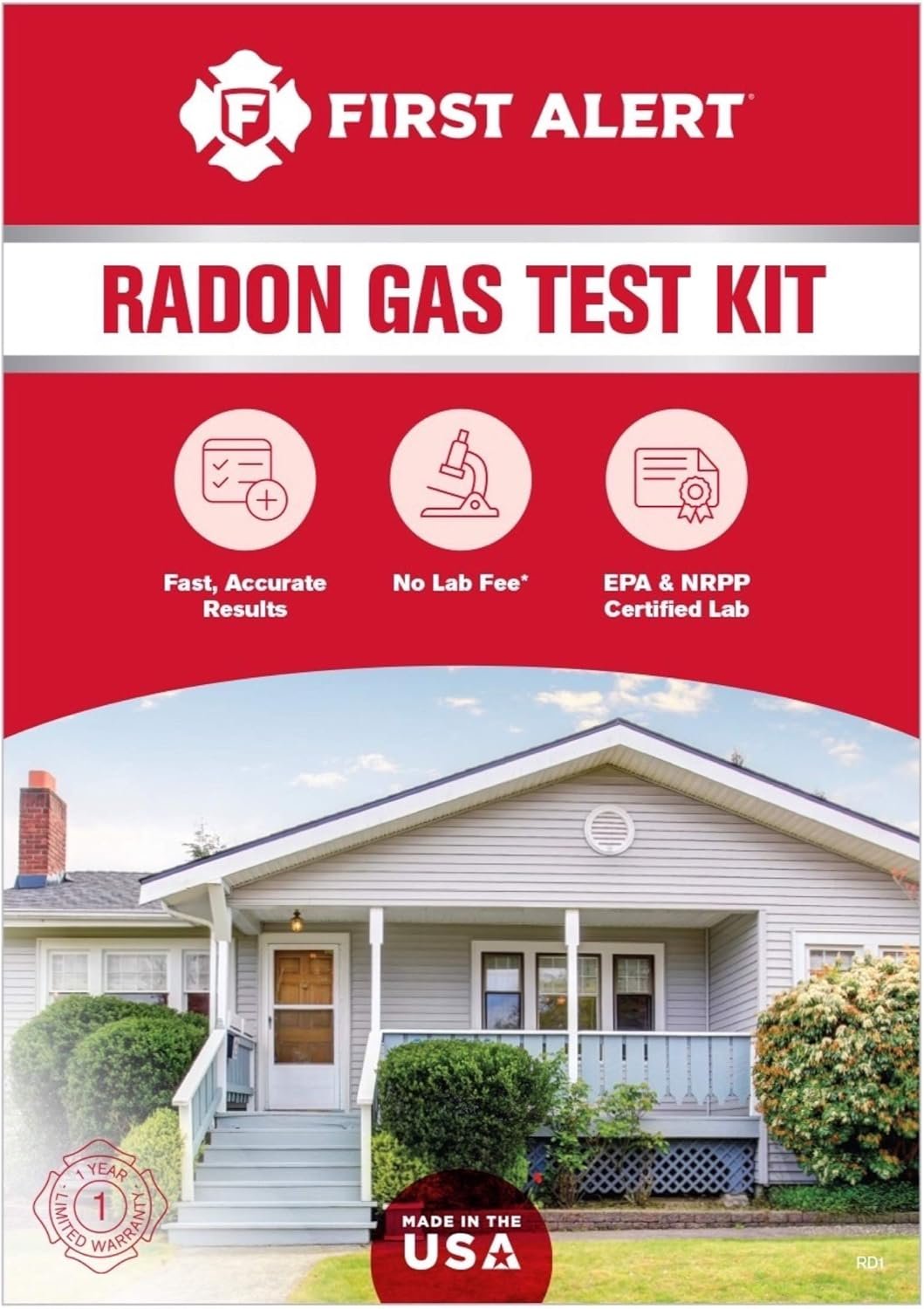A Radon-Free 2025 Starts with Free Testing Kits
Radon is sneaky. It’s odorless and colorless. It results from the decay of uranium in rocks and soil, so you’re most likely to find it lurking in basements and crawl spaces. You probably didn’t even know that January is National Radon Action Month. That’s just how under the radar radon is.
The main problem with radon is that it is radioactive and can cause lung cancer with prolonged exposure. In fact, it is the second leading cause of lung cancer in the United States (tobacco use is the first).
Radon is measured in picocuries per liter of air, or pCi/L, and our Washington State radon average is 2.28 pCi/L compared to the national average of 1.3 pCi/L. On Bainbridge, DOH reports we mostly have medium levels (on a scale of low, or 1.3–2.6 pCi/L, to high, or above 4 pCi/L), although in parts of the very southernmost section of the Island the radon levels are high. (See the map of radon levels here.)
The good news is that it’s very easy to find out if you have elevated levels of radon in your home or school. The Washington State Department of Health offers free testing kits. Get your free kit here.
If you discover radon levels of 4 pCi/L or greater, the EPA urges you to mitigate the problem. If your results are elevated, email doh.radon@doh.wa.gov to get information on how to reduce radon in your home. A qualified professional can install a mitigation system that consists, for example, of special fans and ventilation that can reduce levels by as much as 99 percent. If the cost is prohibitive, you can DIY.


